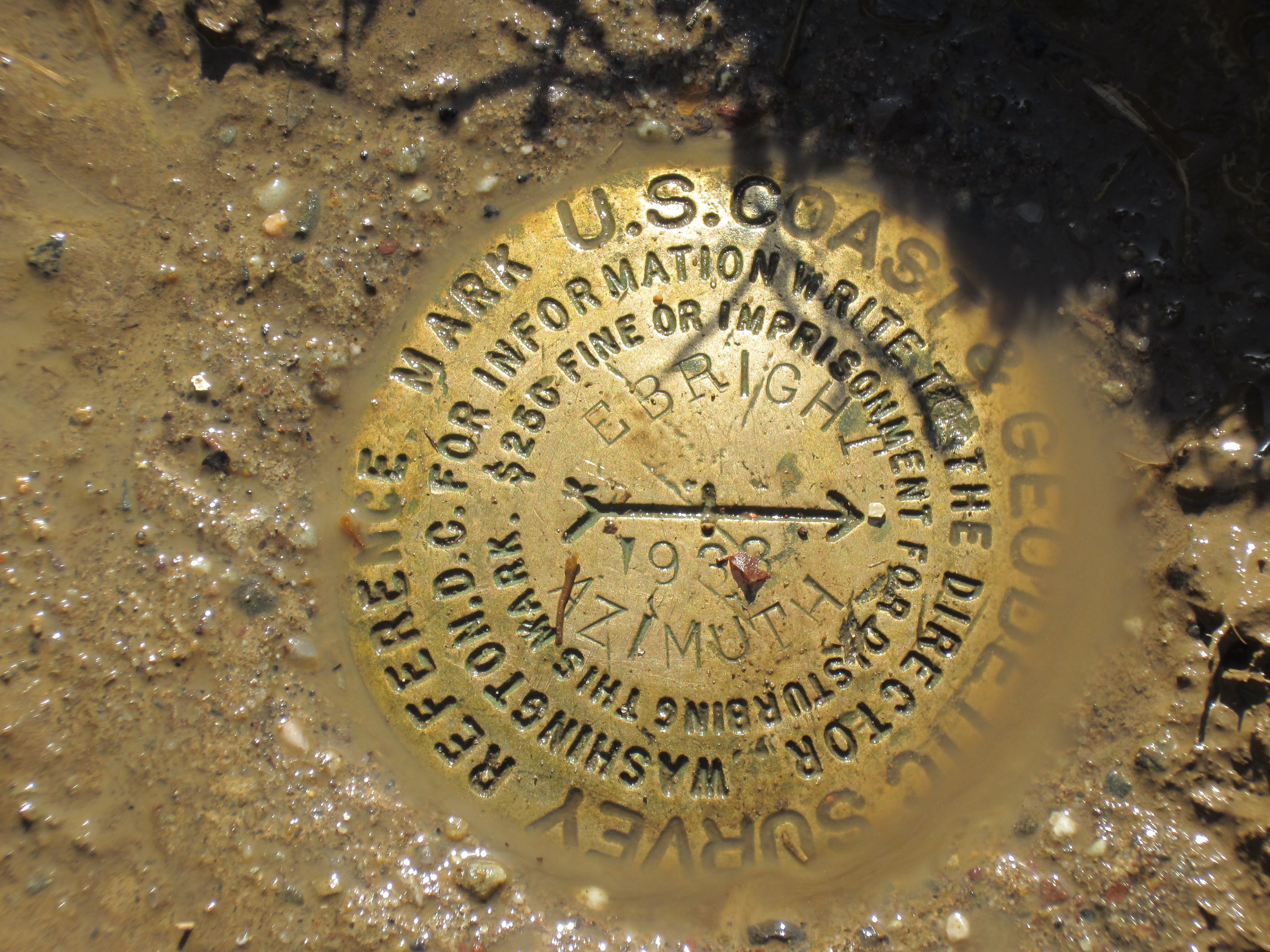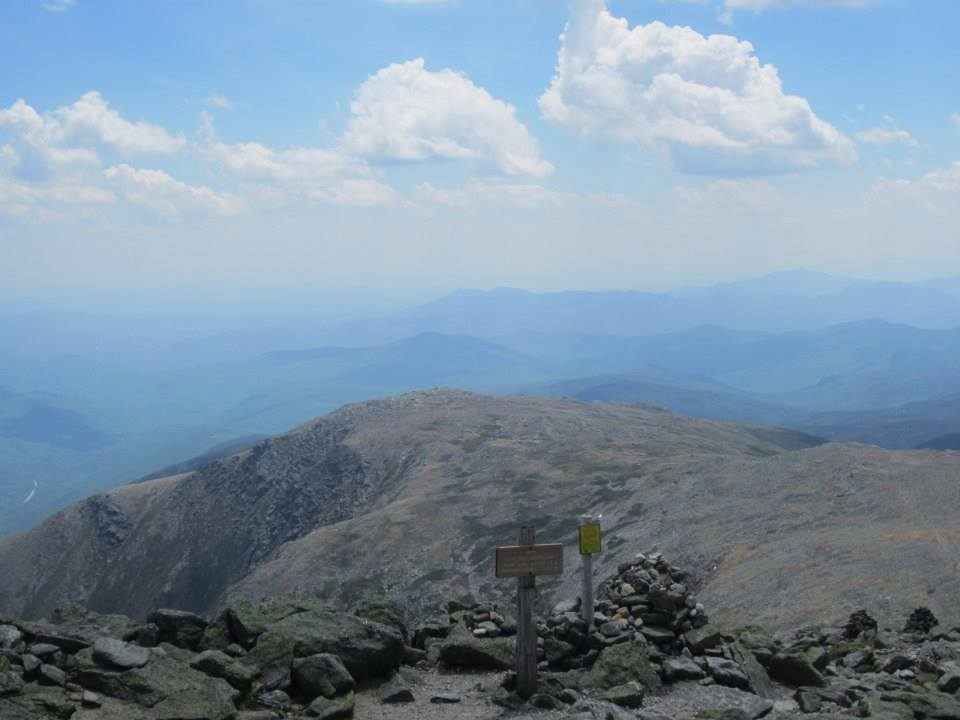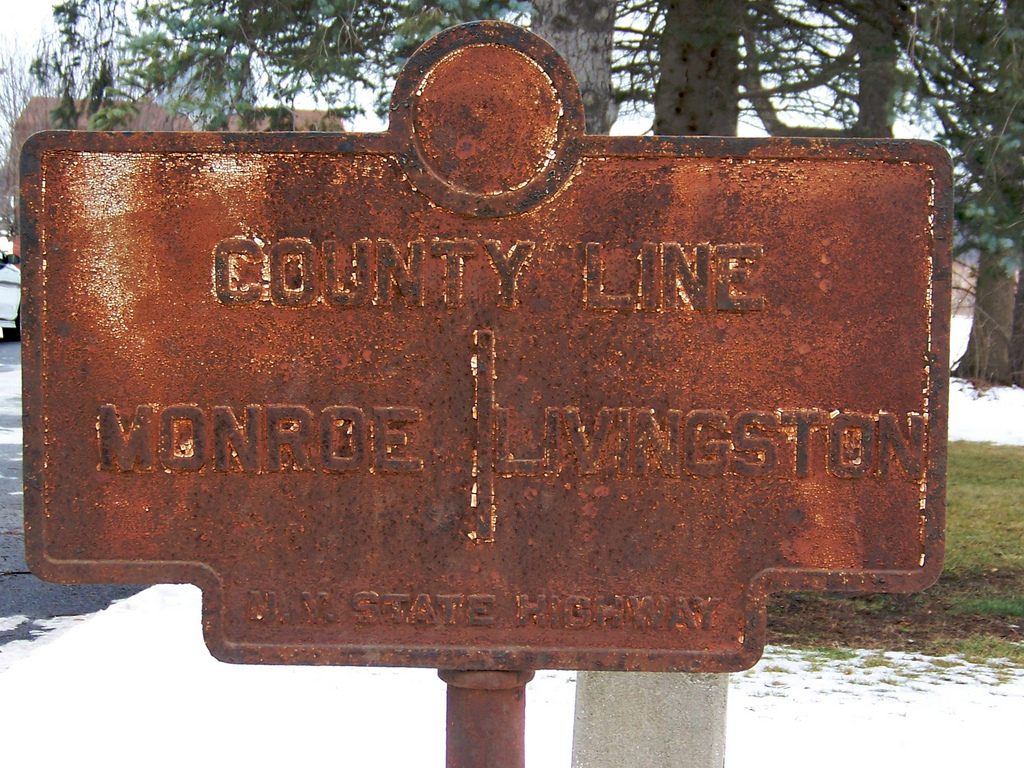Traveling as Collecting: The Allure of Geographic Bucket Lists

The highest point in Delaware (photograph by Tony Garcia)
He ascended Mount Washington in New Hampshire, on foot not by car (elevation: 6,288 feet). He also climbed Ebright Ezmouth in Delaware, but with far less exertion (elevation: 447 feet). He plans get to Charles Mound in Illinois on one of the rare weekends where the owners of the rolling farmland allow access (elevation: 1,237 feet). For Tony Garcia of New Jersey, reaching these heights means more than just an individual achievement. It’s one step closer to a goal that has informed his life for the past several years. Garcia is a high pointer, and he intends to reach the highest points in all 50 of the United States by his 35th birthday. After that, he’s going for the highest peak on each continent, with Mt. Fuji or Kilimanjaro looming in his future.
High Pointers (previously covered for Atlas Obscura by high pointer Thomas Harper) are a specific kind of geographical collector, a person with the goal to travel long distances or up great heights, or sometimes to strangely ordinary points, to complete a goal. Some geographical collectors are part of a community, people united in their collective obsession; others fixate on highly personal goals.

Mount Washington, the highest point in New Hampshire (photograph by Tony Garcia)
For Mark Weyer, another high pointer, collecting is about finding a challenge, bonding with others, and becoming part of a community. Weyer, who only started collecting in 2013, isn’t quite at the mountaineering level, but he’s learning gradually and relishes the challenge, having already has ascended 17 points. An avid hiker, he climbed to the highest point in his home state of Pennsylvania, and thought “If I can do one, I can do the other 49.”

A view from the highest point in Alabama (photograph by Mark Weyer)
High pointers don’t just collect 50 states, with goals having many variations depending on one’s skill, ambition, and geography. The 8000ers look to climb all mountains above 8,000 meters, while the more home-state oriented 14ers look to ascend all the peaks in Colorado above 14,000 feet.
Whatever the goal, high pointing requires high level hiking and mountaineering skills, as well as perseverance, scheduling acumen, and good luck with weather. Not long ago, Garcia flew out to Oregon with the goal to ascend Mount Hood, only to be thwarted by a storm once he arrived. “It’s disheartening because you spend so much money just to fly, and only to have failure,” he said. “There’s nothing you can do about the weather.”
Not all geographical collections require quite so much luck with the weather. Others want to simply visiting all 50 American states — 50 Staters — while some add their own subset of goals to the adventure.
Liz Holland, a college senior in Kutztown, Pennsylvania, intends to not just step in all the states, but to “take in the sites, eat and shop in each state.” Although she’d passed through several states as a child, she decided to reset and begin at zero, and document every single trip. She now keeps a running list of the states that she counts, and is next planning a trip to Florida to see Disney World, in celebration of her impending graduation.
 The last sign Heather Archuletta collected was Michigan, in 2014 (photograph by Heather Archuletta)
The last sign Heather Archuletta collected was Michigan, in 2014 (photograph by Heather Archuletta)
Heather Archuletta, a NASA contractor, has already visited 50 States by car, and chronicled the journeys on her blog. She was inspired by childhood road trips with her parents, and, like Holland, she added her own goals to each visit. She photographed herself on every state line, spent the night, ate a meal, and made a friend in every single state. This includes Hawaii, though the “state line” sign exists only in the airport. As a side goal, during her travels she visited nine out of the ten NASA labs, with only the Michoud facility in Mississippi left to visit.
As for when she finished collecting all fifty states, Archuletta admits to being overwhelmed: “I pulled over the to the side of the road to get the last sign, and I crossed the last border. I almost started to cry. I had been doing it for so long, you know sometimes you don’t think you will finish something like that, that you set out to do.”
For other 50 state collectors, the broad geography isn’t enough, so they intend to set foot in every county. Counties, as they call themselves, track their collections together and delight in the more obscure and strange corners of America their journeys take them.
 An old county line sign (photograph by Ted Sakshaug/Flickr)
An old county line sign (photograph by Ted Sakshaug/Flickr)
Other geographical collectors focus less on the obscure and more on the big ticket, bucket list places that count as must-sees, like the Great Pyramids or the Eiffel Tower. A few years back, in a flurry of publicity and plenty of criticism, the new 7 Wonders of the World were chosen via internet vote, giving a set of far-flung goals to many ambitious collectors. At last count, 1,755 people had pinned “See all 7 Wonders” on to their Pinterest bucket lists.
Geographically-collecting baseball fans have often chased the goal of seeing a game in every MLB stadium, while more artistically-inclined collectors want to view every possible Vermeer or da Vinci. Still others follow in the trail of de Tocqueville, or stand in all the palaces associated with the reign of Henry VIII. History buffs visit battlefields of the American Civil War, or World Wars I or II.
Basically, if a list of things to see exists, there’s probably someone in the world trying to see it all. Geographical collecting can be a collective, cult-like endeavor tracked via websites and organizations, or, it can be the singular obsession of a individual. Whatever the goal, geographical collectors tend to be attracted by the satisfaction of achieving a goal, and often the side adventures that inevitably come along with that victory. Garcia certainly agrees. He plans road trips around all his climbs, valuing a phenomenal aged sour dough pizza he had in Vermont as much as reaching the highest peak, not to mention all the people, whether they be fellow climbers or locals, he meets along the way. He also sees reaching ever higher elevations as a way to cope with the stresses of modern life: “We’re so stuck, everyone’s connected by technology in one way or another. It’s nice to feel small again. It makes you appreciate everything outside.”







Follow us on Twitter to get the latest on the world's hidden wonders.
Like us on Facebook to get the latest on the world's hidden wonders.
Follow us on Twitter Like us on Facebook